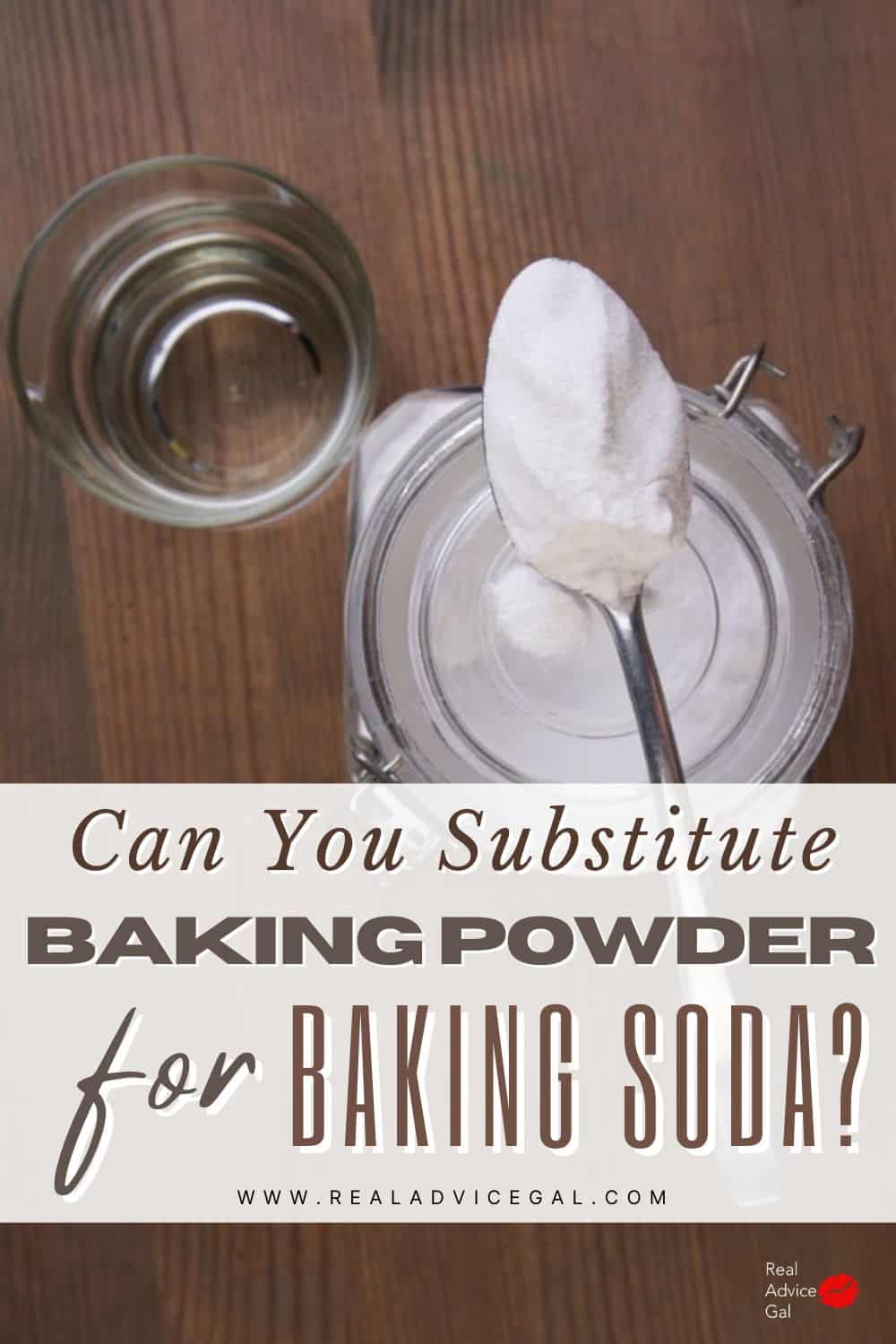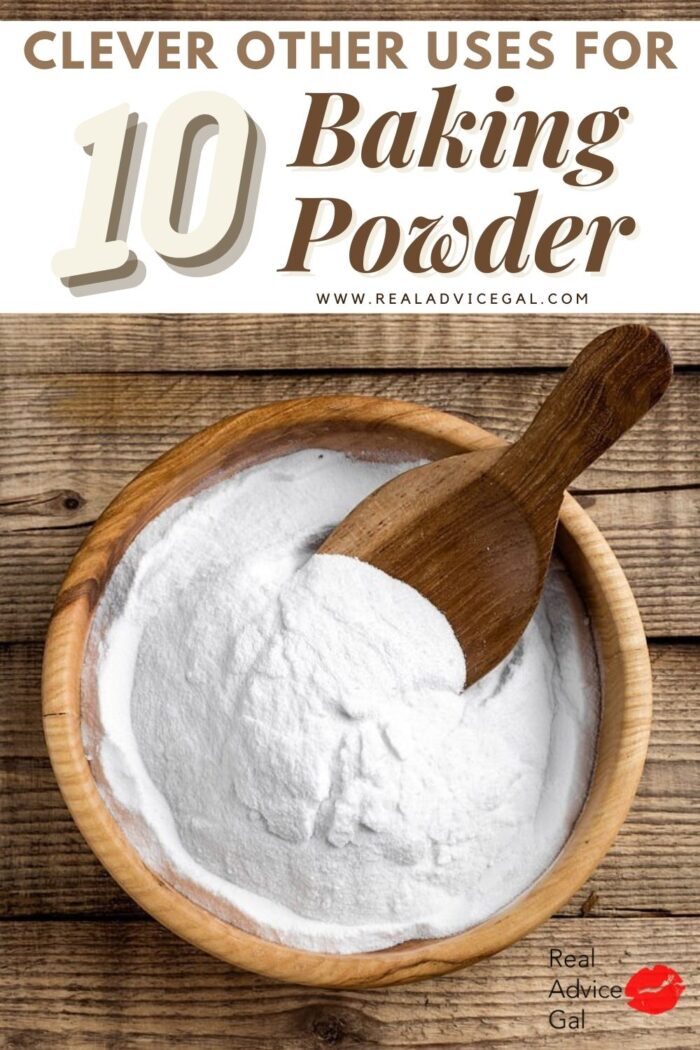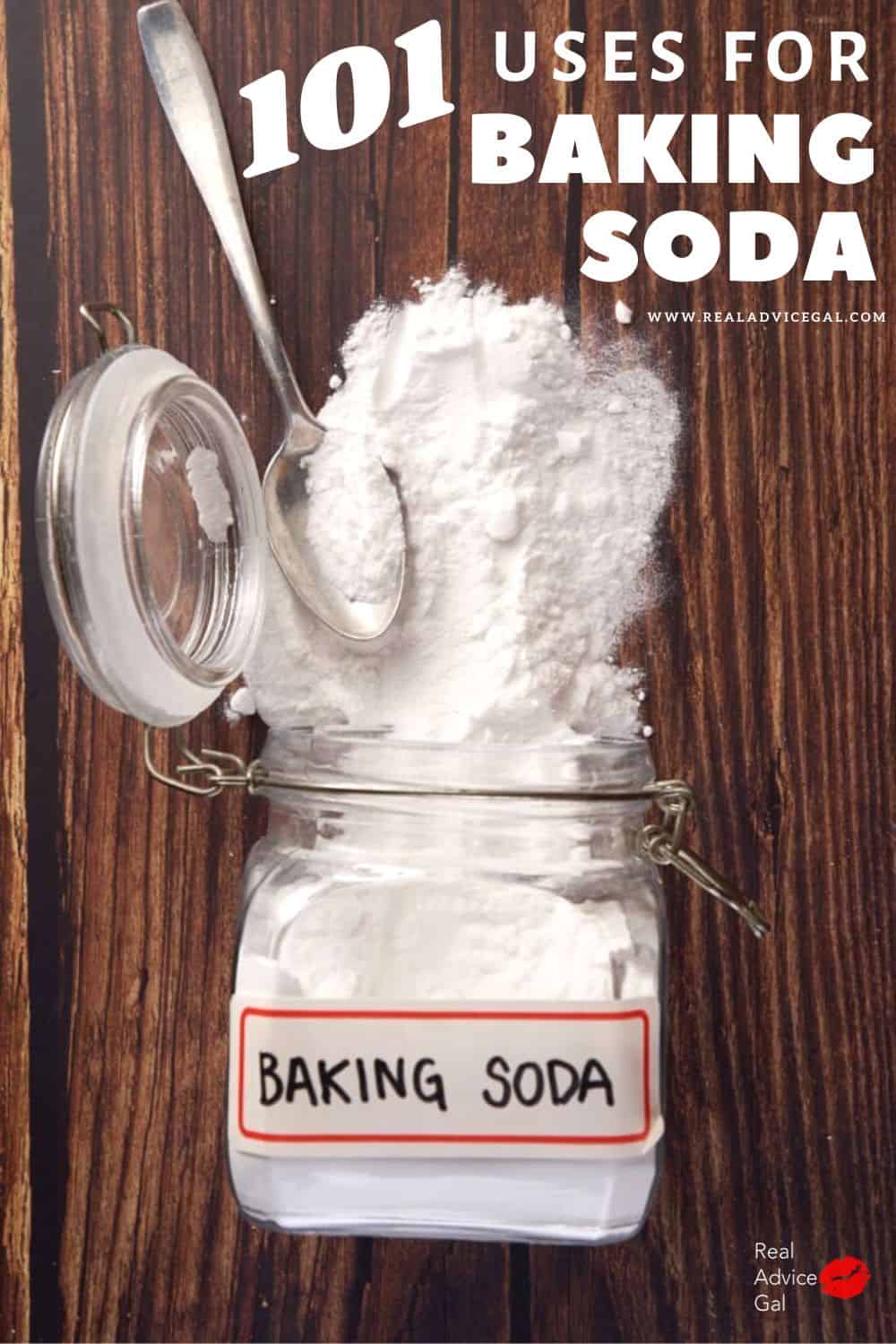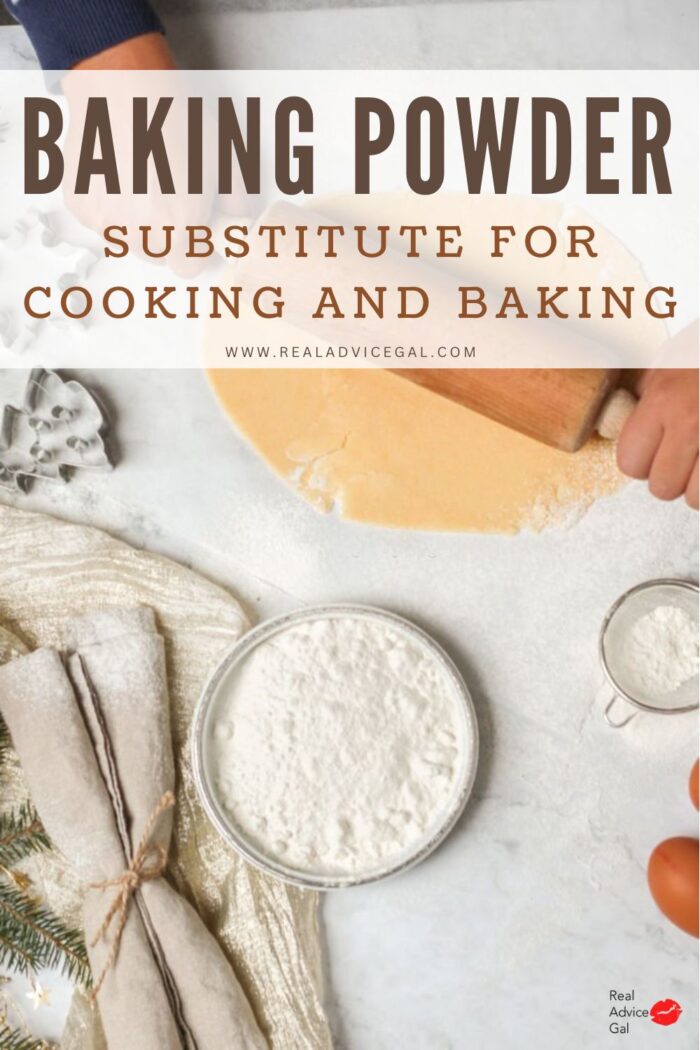Can You Substitute Baking Powder for Baking Soda
Baking soda and baking powder are common leavening agents used in baking to help dough and batter rise. However, sometimes you need more than one or the other and wonder if you can substitute them in a recipe. In this article, we will explore can you substitute baking powder for baking soda, taking into consideration the differences between these two ingredients and their potential effects on the final baked goods.
So, can you substitute baking powder for baking soda?
Sometimes, you may be able to substitute baking powder for baking soda, but it depends on the recipe and the desired outcome.

Baking soda is a leavening agent that requires an acidic ingredient in the recipe, such as buttermilk, yogurt, vinegar, or lemon juice, to activate and create carbon dioxide gas, which helps dough or batter rise.
Baking powder, on the other hand, is a leavening agent that already contains both an acid and a base, so it does not require an additional acidic ingredient for activation.
Suppose a recipe specifically calls for baking soda. In that case, it is usually because the recipe contains an acidic ingredient and relies on the alkaline properties of baking soda to balance the acidity and help with rising. Substituting baking powder for baking soda in such a recipe may alter the taste, texture, and appearance of the final product.
However, in some recipes, such as cookies or cakes, you may be able to substitute baking powder for baking soda if you adjust the amount used.
As a general rule of thumb, you can use one teaspoon of baking powder for every 1/4 teaspoon of baking soda called for in a recipe.
Additionally, you may need to adjust the other acidic or alkaline ingredients in the recipe to maintain the desired balance of flavors and ensure proper leavening.
It’s important to note that while baking powder can often be used as a substitute for baking soda, the reverse is not true.
Substituting baking soda for baking powder in a recipe that does not contain an acidic ingredient may result in a dense and flat final product.
It’s always best to follow the recipe as closely as possible for the best results, but if you need to make substitutions, be aware of the potential effects on the outcome of your baked goods.
Tips when you substitute baking powder for baking soda
Here are some simple tips for substituting baking powder for baking soda in your recipes to help you achieve delicious results.
Tip 1: Understand the Difference
Baking soda and baking powder are leavening agents used to help dough and batter rise, but they work differently.
Baking soda is a base that requires an acidic ingredient, such as buttermilk or lemon juice, to activate and produce carbon dioxide gas, which creates the leavening effect.
Baking powder, on the other hand, is a combination of a base and an acid, and it already contains the necessary ingredients for leavening.
When substituting baking powder for baking soda, it’s essential to understand this difference and consider the other acidic or alkaline ingredients in your recipe.
Tip 2: Follow the Measurement Guidelines
When substituting baking powder for baking soda, using the right measurements is crucial.
As a general rule of thumb, you can use 1 teaspoon of baking powder for every 1/4 teaspoon of baking soda called for in the recipe.
This ratio ensures the proper amount of leavening agents is maintained to achieve the desired rise in your baked goods. Avoid making guesses or assumptions, and measure accurately for the best results.
Tip 3: Adjust Other Ingredients
Since baking powder contains both a base and an acid, using it as a substitute for baking soda may affect your recipe’s overall acidity or alkalinity.
This can impact your final product’s taste, texture, and appearance. To maintain the right balance of flavors, you may need to adjust other acidic or alkaline ingredients in your recipe accordingly.
For example, suppose you’re substituting baking powder for baking soda in a recipe that calls for buttermilk. In that case, you may need to reduce the amount of buttermilk or add a bit of lemon juice or vinegar to compensate for the difference in acidity.
Tip 4: Consider the Final Outcome
It’s essential to be mindful of the potential effects of substituting baking powder for baking soda on the outcome of your baked goods.
Baking soda tends to produce a crumbly texture, while baking powder can result in a more tender texture. So, depending on the recipe and your desired outcome, the substitution may affect your finished product’s overall texture and structure.
Remember this and be prepared for possible differences in the outcome when making the substitution.
Tip 5: Test and Adjust
As with any baking experiment, testing and adjusting as needed is always a good idea.
If you’re trying a new recipe or substituting it for the first time, consider making a small test batch to see how it turns out. If you’re happy with the results, great! If not, you can make adjustments for the next batch.
Remember that baking is both a science and an art; sometimes, a little trial and error is necessary to get the perfect result.

Check out 10 Clever Other Uses for Baking Powder
Baking Powder Substitute

101 Uses for Baking Soda
Cook, Baker, Phototaker, Fitness Mover and Shaker, Cupcake Tester, Deal Maker, Adventurous Undertaker, Do Good “Deeder”, Teacher, Mom, Wife, Patriot for Life & Giver of Good Advice – RealAdviceGal






